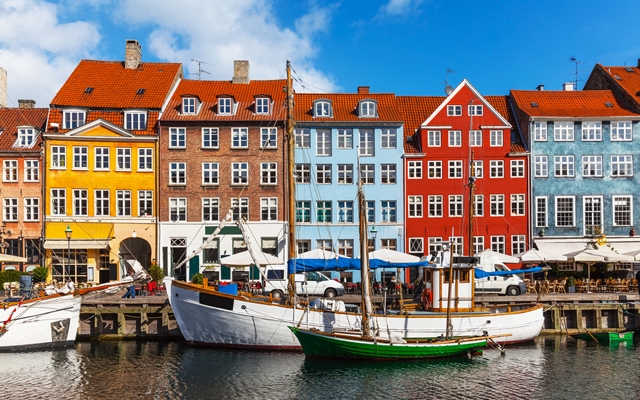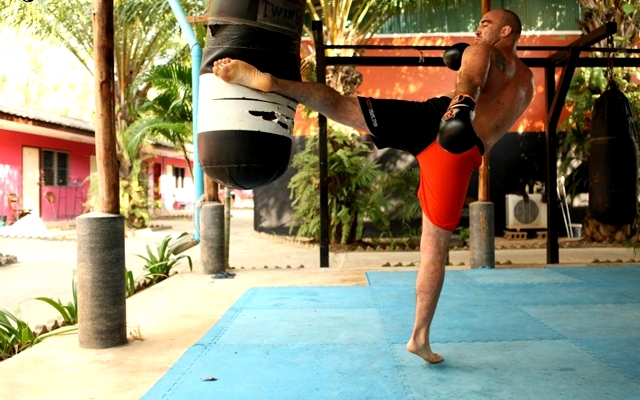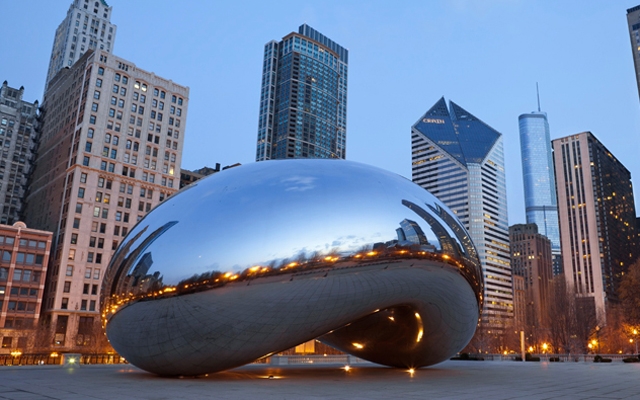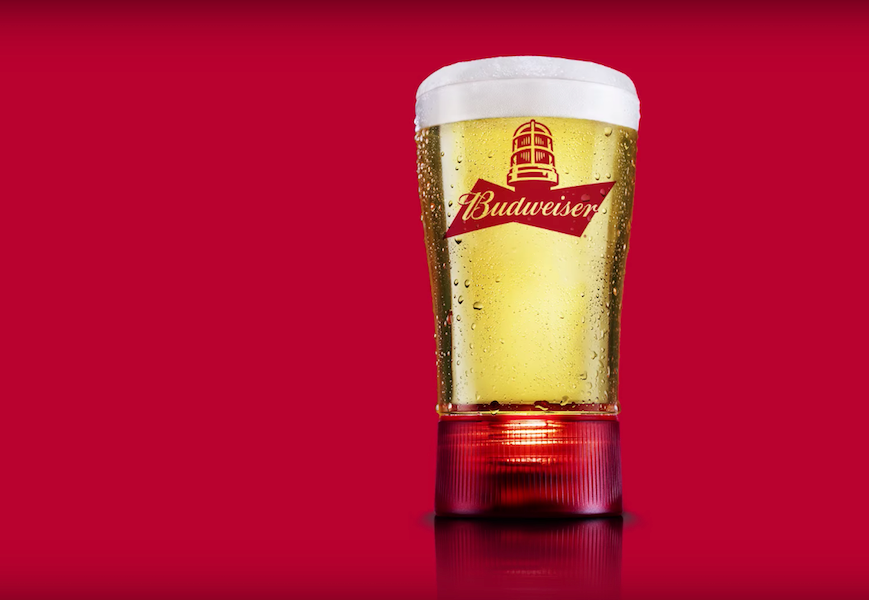The Danish capital of Copenhagen has to be one of the most welcoming (and most expensive) cities in Europe. Historic Royal castles stand side-by-side with one of the world’s oldest theme parks and numerous award winning restaurants. It is no wonder then that the city has imposed a height limit on buildings for Centuries, the authorities obviously did not want to ruin the magnificent views.
What to see
Copenhagen has an abundance of sights to see, way too many to get through in just 48 hours, but you could give it a try. The world famous Nyhavn, the iconic image of the city, in which numerous coloured houses span the banks of the city’s canal is a definite must for any visitor to Copenhagen. Many of the brightly coloured buildings were built during the 17th Century by Swedish prisoners of war on the orders of King Christian V; and most famously, for 18 years the Danish author Hans Christian Andersen (author of The Little Mermaid) lived in one of the Nyhavn houses. For something a little unusual, Denmark’s Parliament at Christiansborg Palace sits atop numerous well preserved ruins from the previous Bishop Absalon’s Castle. The eerie crypt tunnels directly under the sitting Parliament, so instead of bragging about visit Parliament, you can brag about walking underneath Parliament.
What to eat
Food is aplenty in Copenhagen, with no less than 15 Michelin stars currently spread across the city. For something really extravagant (and expensive) a trip to the multi-award winning Noma Restaurant is a must. It is necessary to book up to a month in advance for tables at this restaurant; and it is easy to see why with luxurious foods such as Mahogany Clam Grains and Buttermilk and Aronia Berries and Mushrooms gracing diner’s plates. Expect to spend around 1600 Danish Krones (CA$ 310) on a 3-course meal… well Copenhagen is named Europe’s most expensive city for a reason. For something a little more refined (and less expensive) try a famous smørrebrød sandwich, open rye bread filled with spreads, cold meats and cheese. Almost all cafes, pubs and restaurants in the city will be serving these around lunchtime.
What to do
Tivoli Gardens, the world’s second oldest theme park, was opened in 1843 as a result of the famous Danish architect Georg Carstensen telling King Christian VIII that ‘when the people are amusing themselves, they do not think about politics’. The park itself spans some 21-acres and is home to 111,000 custom-designed lights, 65,000 tulips, and 400,000 other flowers. Tivoli is a theme park after all, so we cannot forget the numerous rides, including one of the world’s oldest wooden rollercoasters, the Rutschebanen which is controlled solely by a brake lever. Tivoli Gardens cannot be missed when in Copenhagen and nor should it be either.
Where to shop
Shopping is a national pastime in Denmark, which is why Copenhagen plays host to Europe’s longest pedestrian only shopping street. Strøget stretches from the City Hall Square in the West to Kongens Nytorv in the East, giving visitors a whole 3.2km of shopping delights to explore. All of the world’s most famous brands such as Prada and Burberry have shops along the street, but the Royal Copenhagen Porcelain Factory and Magasin du Nord Department Store are also ideal for Danish souvenir shopping. Remember to bring your flexible plastic friend (credit card) with you as it is easy to spend, spend, spend when shopping in Copenhagen.
To find out more about why you should visit Copenhagen, visit www.visitcopenhagen.com now!












